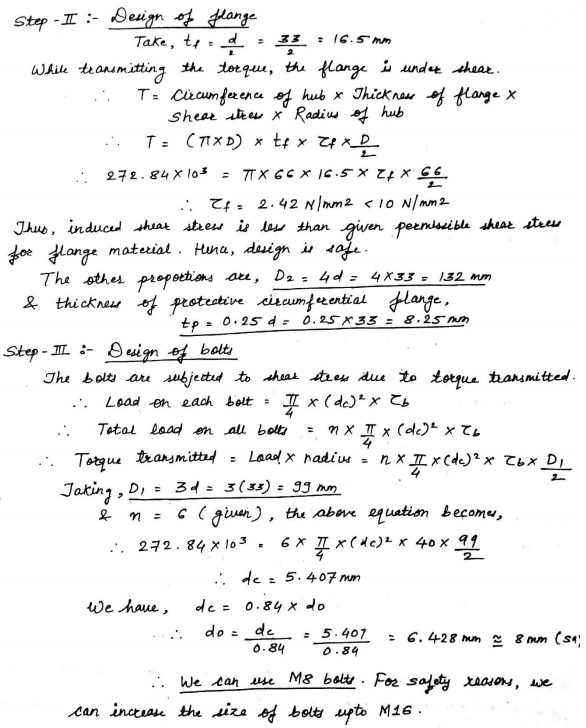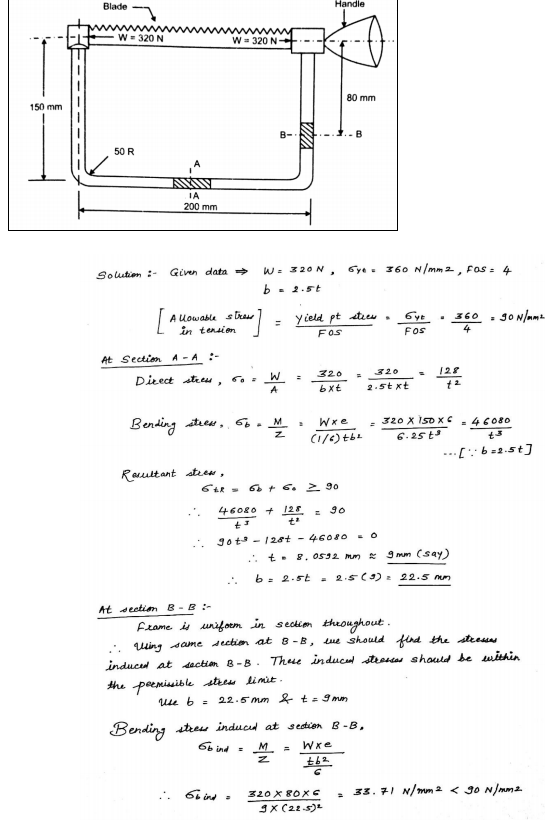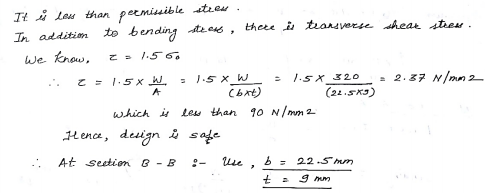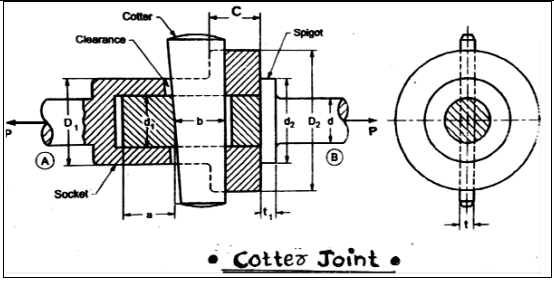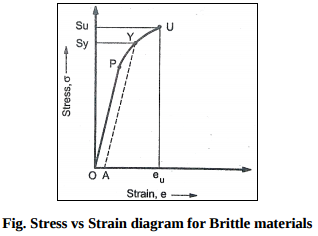Define following terms of spring:
(i) Spring rate: The spring rate is defined as the load required per unit deflection of the spring. It is also
known as spring stiffness or spring constant. Mathematically,
Spring rate, k = W / δ
Where,
W = Load
δ = Deflection of the spring
(ii) Spring index: The spring index is defined as the ratio of the mean diameter of the coil to the
diameter of the wire. Mathematically,
Spring index, C = D / d
Where,
D = Mean diameter of the coil
d = Diameter of the wire


